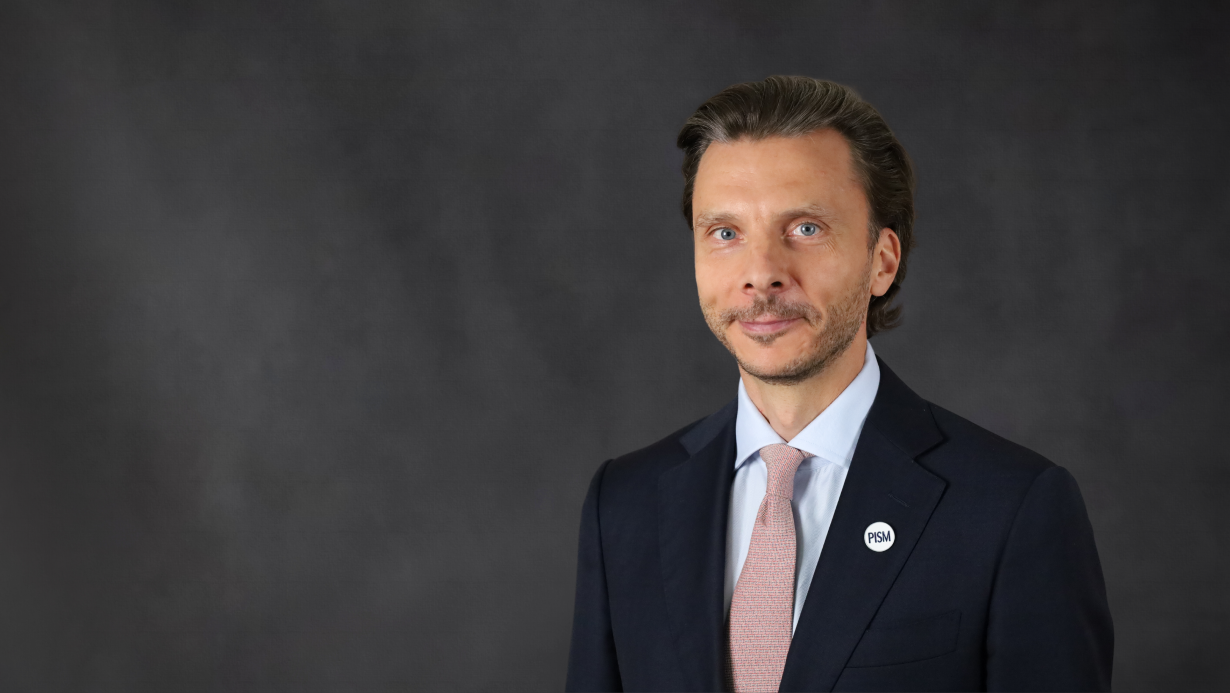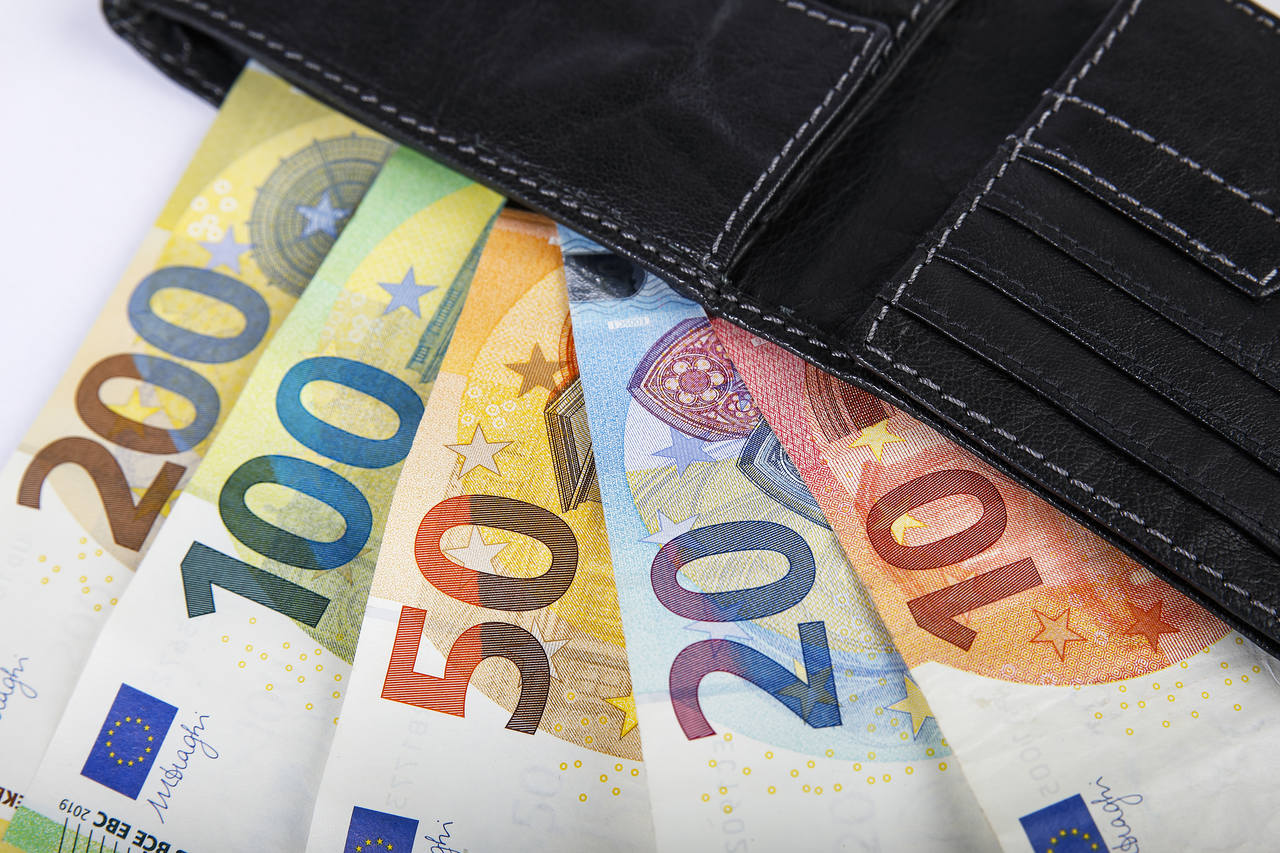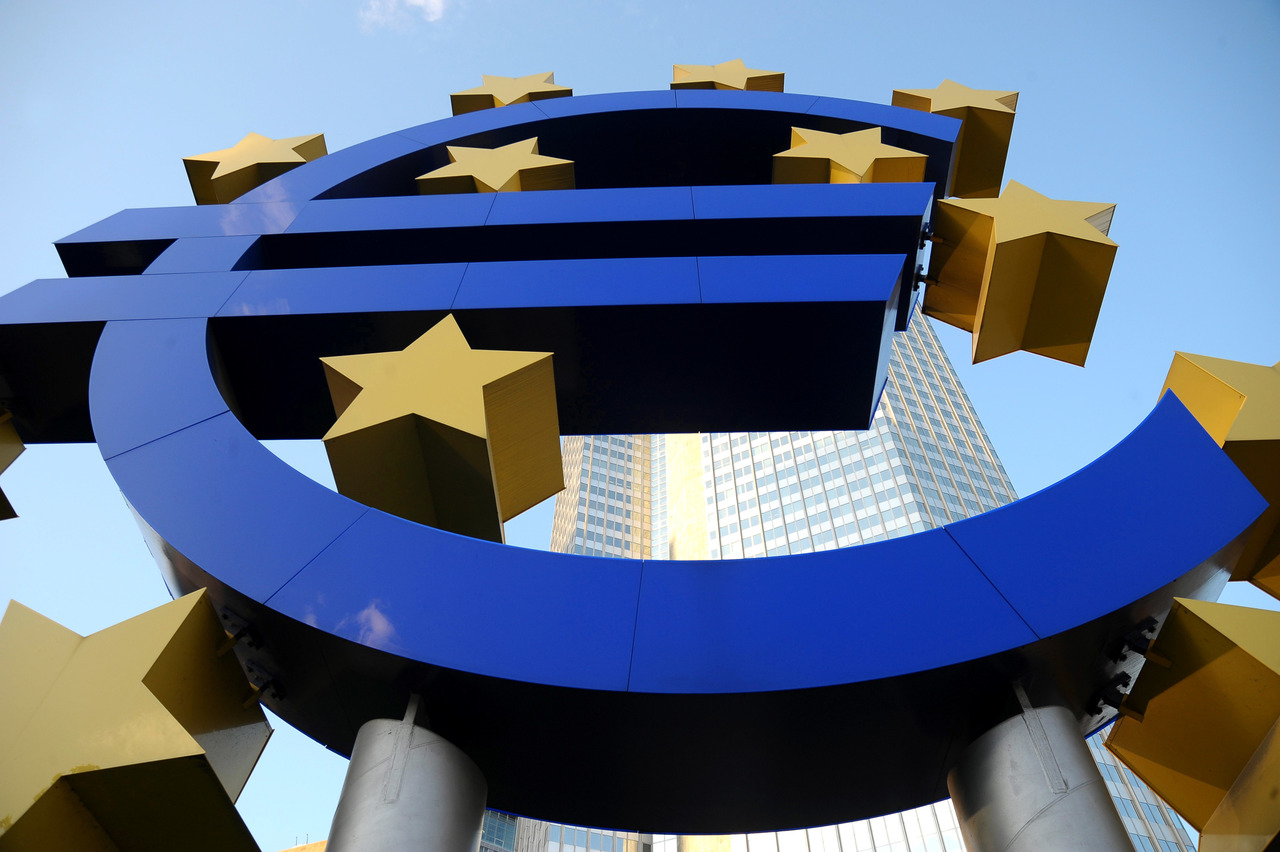European Union Revises Its Multi-Annual Budget
The European Council reached a compromise on 1 February on the revision of the 2021-2027 multiannual financial framework (MFF). The agreement will enable the mobilisation of financial assistance for Ukraine. However, increases in spending for other purposes, as advocated by the European Commission (EC) and backed by the European Parliament (EP), were significantly reduced under the influence of countries that are net contributors to the EU budget. This decision hampers the EU’s ambitious plans to support industry, digitisation, and the green transformation. Once the recovery and resilience fund has been used up, the Community will have to consider increasing the next multi-year budget to address a growing number of priorities.
 Pignatelli/EUC / Zuma Press / Forum
Pignatelli/EUC / Zuma Press / Forum
The key element of the MFF revision, presented by the EC last June, is the financial aid package called the Ukraine Facility. Its adoption marks the creation of a stable and long-term financial support mechanism. Over four years, Ukraine is to receive €17 billion in grants and €33 billion in loans from the EU. The EC will raise the funds for the latter on the financial markets, while the grants will be funded by additional contributions from the Member States.
Hungary Changes Tack
Member States succeeded in convincing Hungary, which had prevented the adoption of the facility at the December European Council summit, to support it. The Hungarian government raised objections to it, stressing the high level of corruption in Ukraine and the limited ability to verify that aid would be used properly. However, the other Member States and EU institutions were convinced that the real reason for blocking the aid was a desire to gain concessions on access to EU money from the cohesion policy and the Next Generation EU (NGEU) recovery fund, frozen due to rule-of-law violations in Hungary. Last December, the EC declared that changes to the judiciary adopted by the Hungarian parliament made it possible to unblock some of the cohesion policy money (€10 billion, a third of the frozen funds). A few days later, Hungarian Prime Minister Viktor Orbán did not take part in a vote that allowed the other countries to decide unanimously to start accession negotiations with Ukraine and Moldova. However, the Commission had no basis for releasing further funds, while the Member States were increasingly adamant that Hungary withdraw its veto. Some leaders, including those of Ireland and Lithuania, claimed that Hungary was abusing the principle of unanimity. Anonymous statements by diplomats showed growing irritation and a readiness to use Article 7 of the EU Treaty, which allows Member States to restrict the rights of one of their peers in the event of a “serious and persistent” breach of EU values. In these circumstances, Orbán decided to give up his veto, most likely recognising that further resistance could bring mostly losses. He also failed to persuade his partners that aid to Ukraine should be renewed annually with the unanimous consent of the Member States.
The Commission Calls for a Larger Budget
As part of the MFF revision, the EC proposed an increase in spending (and higher Member State contributions) for other purposes, primarily related to the internal and external dimension of migration policy and support for industry. In response to the U.S. government’s significant support for the green technology sector, the EC suggested creating an additional pot of money to be used through existing programmes such as Horizon and Invest EU to mobilise investments in crucial technologies. The Strategic Technologies European Platform (STEP) thus created was to have a budget of €10 billion.
Although commissioners from France and Italy (and a number of analysts) have suggested resorting to common debt to increase support for key industries, the EC did not try to persuade Member States to embrace this idea. A significant increase in interest rates between 2022 and 2023 has made it more costly to raise funds on financial markets. In addition, the Members still have not agreed on new sources of community revenue to repay the NGEU. Central and Eastern European countries believe that the transfer to the common budget of a portion of proceeds from the EU emissions trading system (ETS), advocated by the Commission, will unduly burden poorer countries, where the green transition is less advanced. Some net contributors (including the Netherlands and Sweden) question the need to create new sources of revenue, claiming that debt repayment will be possible within the existing budget structure in which Member States’ contributions are central (although this would likely force cuts in Community policies).
Outcome of the Negotiations
Excluding Hungary’s objections, the Ukraine Facility was a relatively uncontentious issue. However, other EC proposals, especially STEP, were met with criticism, primarily from net payers. Those countries argued that additional money was not necessary, as EU Members still had resources from the recovery fund. Under pressure from this group, the Council decided to cut additional spending. Projects within STEP will be financed from existing programmes, while new money for the platform will be limited to €1.5 billion allocated to arms industry. Planned spending on migration and external policies has also been reduced, from €12.5 billion to €9.6 billion. The bulk of the funds (€7.6 billion) will go to neighbouring countries (Turkey, Syria, Jordan, Lebanon, and the countries of the Southern Neighbourhood and the Western Balkans), primarily to cover some of the costs associated with migrants staying on their territory and to improve their ability to control migration flows.
The Council also decided that parts of the Commission’s proposals would be financed through redeployments within the existing budget. As a result, on top of the funds earmarked for Ukraine, the EU budget will gain only €4 billion of new money (0.5% of the spending planned for the next four years), instead of the €30 billion the EC wanted. The part of the budget allocated to external relations will gain the most, increasing by 5%. The revision requires approval of the European Parliament. Although MEPs called for a much more significant increase in Community spending, they will almost certainly accept the compromise so as not to delay aid to Ukraine.
Conclusions and Outlook
Overcoming Hungary’s resistance will enable the imminent release of financial assistance to Ukraine and secure its long-term character. However, Hungary will probably block or delay other EU decisions requiring unanimity in order to try to force concessions on access to frozen funds.
The outcome of the MFF negotiations demonstrates that the position of net payers is crucial in this matter. They reject both an increase in budgetary contributions and financing EU projects through common debt. They call for savings and reallocation of resources within EU policies. This attitude is a clear signal that it will be difficult to convince the richest members to spend more during negotiations the next multi-year budget (the EC’s proposal is due next year). In this context, EU leaders’ declared commitment to supporting reindustrialisation, speeding up the green transformation, and boosting arms production sounds hollow. Most of the new funds are earmarked for assistance to migrants’ countries of origin and transit, as all EU members seek to curb uncontrolled migration flows. The richest countries, however, are not keen on creating an EU fund for industry when liberalisation of state aid rules gives them ample room to support their own companies.
Policymakers from Southern European countries will continue to push for a renewed use of common debt, pointing out that once the recovery fund is used up in 2026, the green transition will require additional investments. Yet, without a compromise on new sources of revenue, the chances of an NGEU 2.0 are very slim.
Negotiations of the next multi-annual EU budget will be extremely complicated. It is difficult to imagine that the Community will be able to keep the common budget at the current level of 1% of the EU’s gross national income, avoid drastic cuts to traditional policies, and mobilise adequate resources for increasingly important new priorities such as continuation of the green transition and assistance to Ukraine. The remedy to this problem could be a multi-track approach: the creation of new sources of revenue, the use of common debt (even if only to a limited extent), and reforms of EU policies (especially agricultural) that will lead to a more effective use of funds.





